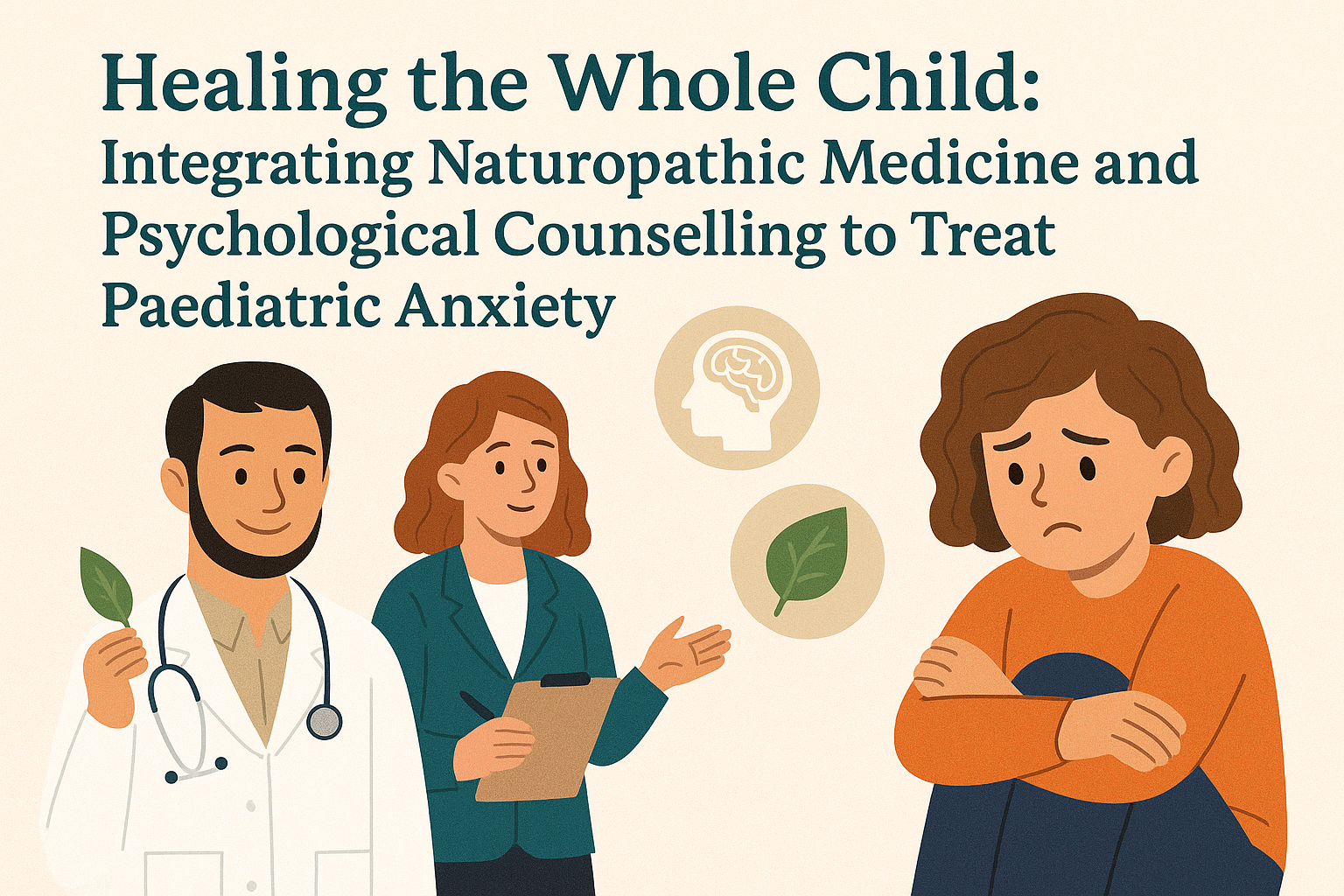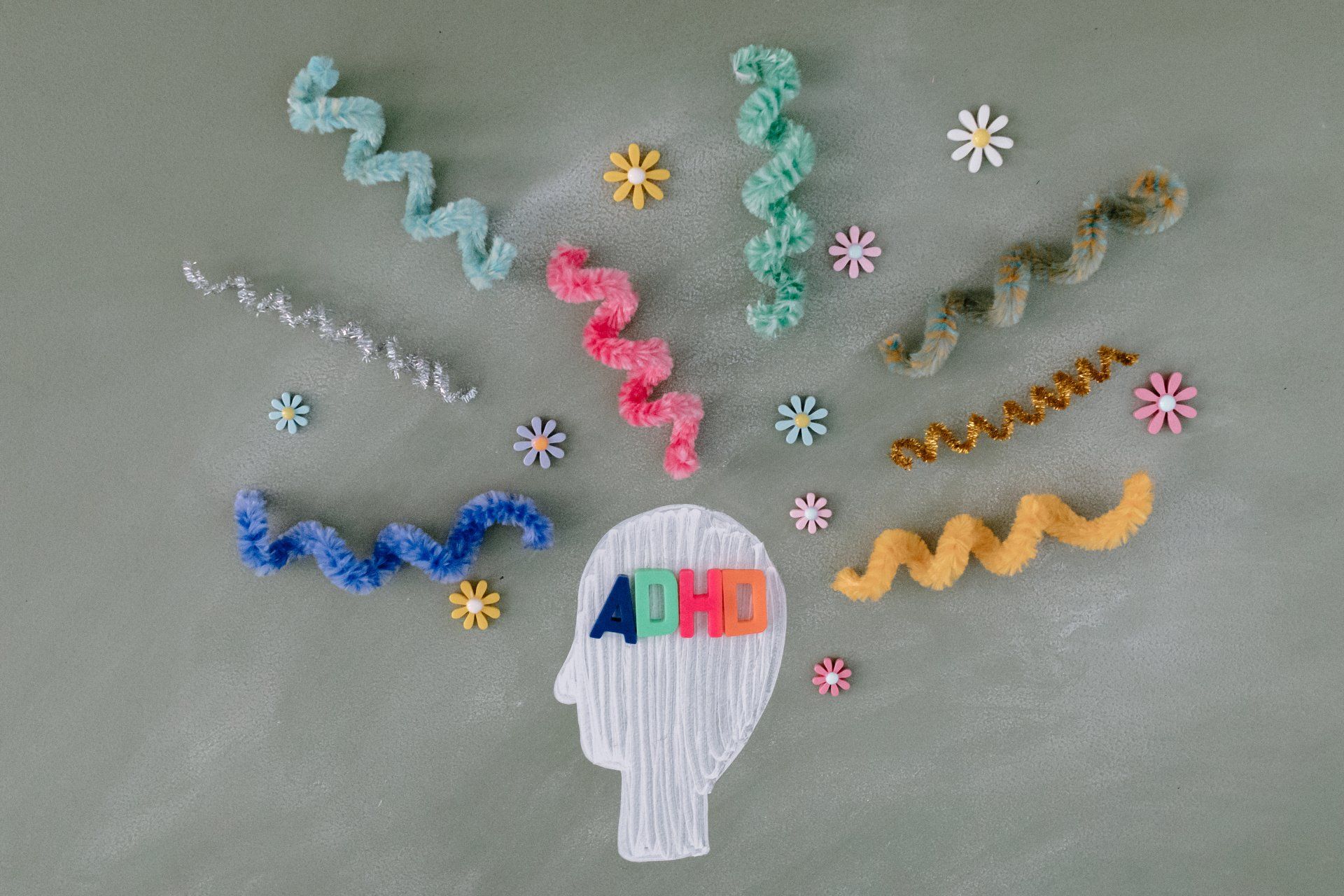Orthotics for Kids: All You Need to Know
As a parent, guardian, or healthcare professional, it's crucial to understand the potential benefits that orthotics can offer to children. Foot health, especially during the developmental years, is fundamentally linked to overall physical well-being. In this blog post, I'll guide you through the ins and outs of orthotics for kids, providing comprehensive knowledge that is both approachable for parents and beneficial for pediatricians. Let's dive into the world of orthotics, demystifying a subject that’s vital for the healthy mobility of our young ones.
Introduction
Orthotics for kids is a specialized field within paediatric health care that many parents are not familiar with until faced with the potential need for their child. These devices, often custom-designed, can aid in everything from correcting alignment issues to supporting various conditions affecting children's movement and posture. This introduction sets the stage for understanding the significance of early orthotic intervention and its lasting impact on a child's life.
What are Orthotics?
In the most basic terms, orthotics are supportive devices placed inside the shoes to help children improve their foot position and overall function. They come in various designs, from the relatively simple over-the-counter (OTC) insoles to the highly personalized, custom-molded orthoses. Understanding the different types and their uses is the first step in appreciating the versatility of orthotic interventions for kids.
Common Conditions That Benefit from Orthotics
Many paediatric conditions are either directly treated with orthotics or are significantly improved with their use. Some of these conditions include:
Flat Feet
Paediatric flat feet are a common concern. Orthotics can help promote better arch development in the growing foot, ensuring the child has a solid foundation for physical activities throughout their life.
Toe Walking
Delays in walking can sometimes result in toe walking, which may persist in some children. Orthotics can provide a corrective means to encourage a heel-toe gait pattern and prevent muscle tightness.
Cerebral Palsy
Children with cerebral palsy often have complex musculoskeletal issues. Custom orthotics offer vital support to maintain functional positioning and prevent deformities.
Scoliosis
While orthotics can't correct scoliosis, they can provide relief and support by balancing the spine and promoting a more neutral, comfortable posture for the child.
Benefits of Orthotics for Kids
The key advantages of orthotics for children span a wide range of physical development areas, including:
Correcting Alignment Issues
Orthotics can influence the alignment of bones and joints, which is especially crucial in young children whose musculoskeletal systems are still forming.
Aiding in Balance and Stability
For children learning to walk or navigating the challenges of growth spurts, balance and stability are key areas where orthotics can lend significant support.
Enhancing Mobility and Physical Activity
By providing the necessary support and comfort, orthotics can ensure that children are as active as their peers, without letting foot or leg issues hold them back.
Factors to Consider When Choosing Orthotics
When considering orthotics for a child, several critical factors must be weighed to ensure the best fit and functionality:
Proper Fit and Comfort
It's essential that orthotic devices fit comfortably within the child's shoe, while also providing the necessary support without causing discomfort or irritation.
Durability and Material Quality
The sturdiness of the orthotics' material is crucial, especially for active kids. High-quality materials ensure the longevity of the product and continued support.
Customization Options
For children with more severe conditions, customization is key. Custom orthotics offer a precise fit and support specific to the child's requirements, which can't be matched by generic devices.
Tips for Parents
For parents navigating the world of orthotics for the first time, recognizing when your child might need orthotics and going about obtaining the proper help can be a challenge. Here are some practical tips:
Recognizing Signs That a Child May Need Orthotics
Observation is key. Look for cues such as excessive tripping, delayed walking, uneven shoe wear, or frequent complaints of foot pain, which might indicate the need for orthotic intervention.
Working with Healthcare Professionals for Assessment and Prescription
Your paediatrician or a specialist such as a podiatrist or orthopedic surgeon can provide the necessary assessment and prescription for orthotics. This professional guidance is invaluable in ensuring the best outcome for your child.
Maintaining and Caring for Orthotics
Maintaining the hygiene and integrity of the orthotic devices is important for effectiveness. Regular cleaning, proper storage, and adherence to wear schedules will help ensure that the orthotics provide the desired support.
Conclusion
Orthotics for kids is not just about addressing foot problems but is a cornerstone in the foundation of their mobility and health. By understanding the role orthotics can play in the lives of our children, parents and caregivers can make informed decisions that will support their kids' overall well-being. The thoughtful integration of orthotics into a pediatric care plan can set the stage for healthy, active, and pain-free movement, impacting their wellness long into adulthood. It is our collective responsibility to ensure the future health of the next generation, and proper foot care, with the support of orthotics when necessary, is a step on this journey.









